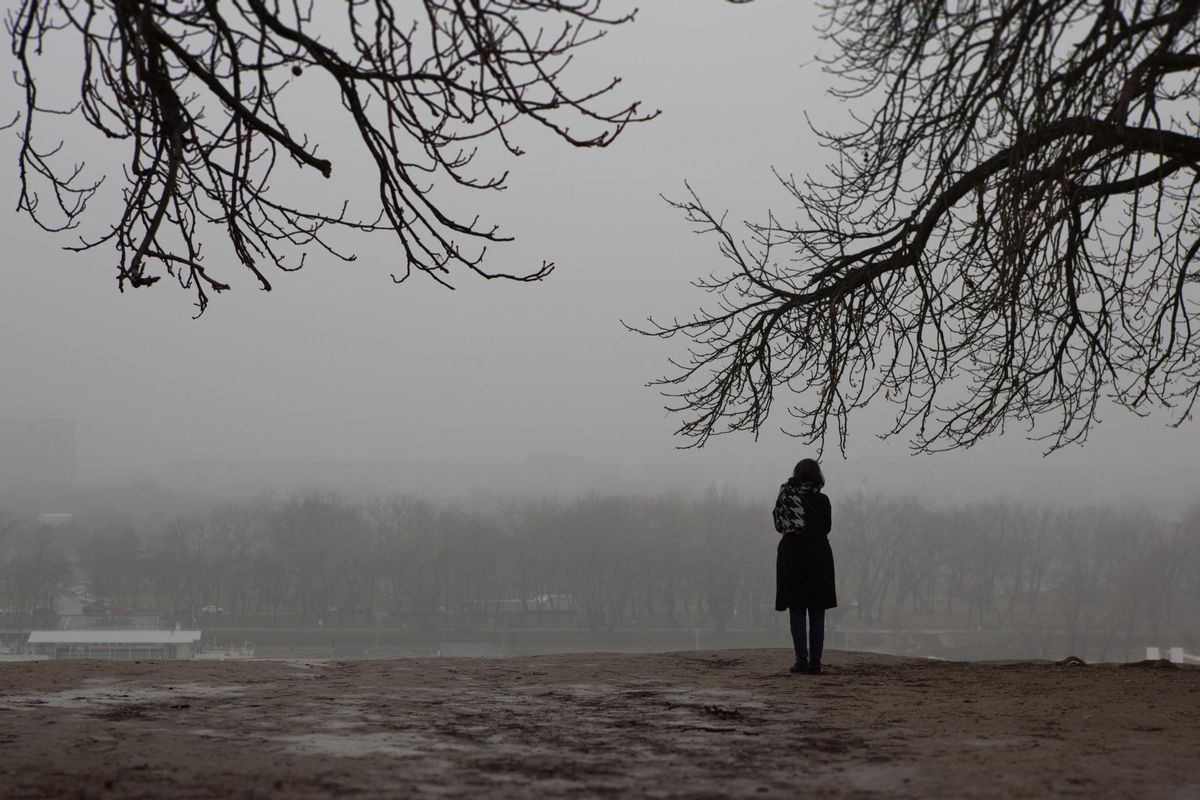

Sheryl Kraft
Sheryl Kraft, a freelance writer and breast cancer survivor, was born in Long Beach, New York. She currently lives in Connecticut with her husband Alan and dog Chloe, where her nest is empty of her two sons Jonathan. Sheryl writes articles and essays on breast cancer and contributes to a variety of publications and websites where she writes on general health and wellness issues. She earned her MFA in writing from Sarah Lawrence College in 2005.
Full BioLearn about our editorial policies
Medically Reviewed
With problems like global famine, the deepening Euro crisis, the situations in Iran and Afghanistan, financial disasters, Penn State's sex abuse scandal and the conviction of Michael Jackson's doctor, who am I to feel SAD?
What a challenge last week was! A freak snowstorm in the Northeast rendered us without power in Connecticut for a full eight days (some people are still waiting to be taken out of the dark). Halloween was rescheduled for the following Saturday, because it was too dangerous for anyone to be walking around outside in total darkness with downed power lines all around. Schools were closed for the entire week in many districts. Our generator ran out of propane, and due to the high demand, stayed that way for days.
As if that weren't enough, when our power was finally restored this past Saturday, and we could finally see the light at the end of the long, dark tunnel, it was time to turn the clocks back and get an hour less of daylight.
I don't know about you, but that all adds up to one thing for me: feeling SAD (seasonal affective disorder). I know, I know. There are major things going on all around—life-threatening things that permanently alter the course of our lives. So, snap out of it, right!?
Unfortunately, it's tough. The reduced level of sunlight can disrupt the body's internal clock and lead to feelings of depression, cause serotonin levels to drop (serotonin is a brain chemical, or neurotransmitter, that affects mood) and disrupt the balance of the natural hormone melatonin (which factors into sleep patterns and moods).
With shorter days and winter looming, many people—not just me—are sorely tempted to burrow under the covers and not emerge until spring and the blessed moment we turn the clocks in the other direction.
You'd think that gaining an hour of daylight in the morning—waking to daylight, rather than darkness—would be enough to ease some of those feelings. But in sensitive people, daylight savings time can have a bigger effect—that of sleep loss—by messing with our "internal clock," which is governed by our circadian rhythms.
(Fun trivia fact: the changing of the clocks helped one man get around the draft during the Vietnam War. He argued that standard time, not daylight savings time, was the official time for recording births in his state the year of his birth. Under official standard time, he was actually born the previous day. Because that day had a much higher draft lottery number, he was able to avoid the draft.)
Wars aside, living with SAD can be quite debilitating. In my quest to help myself and countless others facing down that hijacker trying to whisk you away, here are some suggestions from experts to hold your ground.
1. Use light therapy. Exposure to bright light helps to energize you and keep your circadian rhythm balanced. It also stimulates the same neurotransmitters as antidepressant medicines. Research has found it beneficial for treating depression, even during non-winter months. Although a mere lamp will not suffice, a special light therapy box that mimics natural outdoor light can be used for this purpose. (If you have one, I'd love to know what kind. I think I've got to get me one!)
A word of caution: tanning beds don't help. Besides being dangerous for your skin, you need visible light, not the UV light they emit.
2. Get social. All that real or imagined hibernation is probably cutting into your social life, and social support is way up there for helping you feel happy and is key in lessening depression. Pushing yourself may be the way here: even if you don't feel like going out once the sun sets, make commitments that force the issue, and stick to them. Chances are you'll come home feeling so much better than when you left.
3. Exercise. The cure for everything, from insomnia to achy joints. But really, the biggest boost will be to your mood. A 2007 study (and countless others) in the journal Psychosomatic Medicine showed that depressed people who exercised regularly recovered almost as well as people who took medication. In addition to the mood boost, it forces you out of the house (that is, if you don't exercise at home alone) and helps you get social (see above). If it's hard to get going, here are some proven exercise motivators.
4. Be hands-on. Ah, massage. It is not just a luxury but can also be an effective tool for treating depression. What happens during that blissful session is that your levels of cortisol (the stress hormone) fall while your levels of serotonin rise. Both physiologically and biochemically, your body is changing in a very, very good way. Hugs, cuddling with your pet or just holding hands with your honey, while not exactly taking the place of a massage, can be great mood-boosters too.
5. Drink coffee. An association has been found between mood and coffee drinking in a recent Nurses' Health Study. Women who drank more than four cups a day had a 20 percent lower risk of depression than women who drank less.
If you like coffee, it's worth a try, especially if having a cup means getting in the car, getting out into the sunlight and socializing with other coffee drinkers!
You might be interested in





